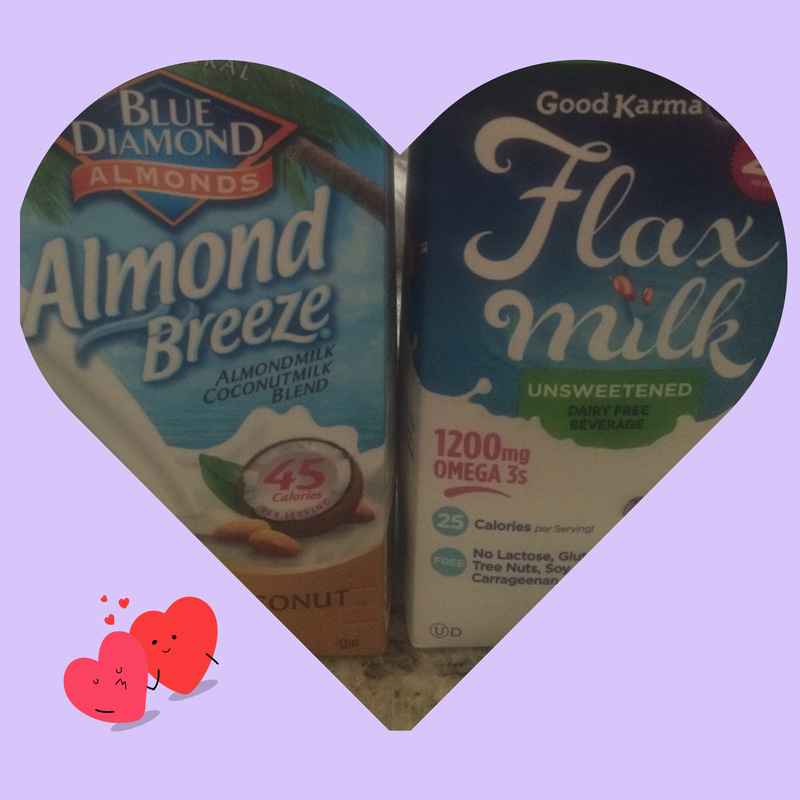Calcium is necessary for the growth and maintenance of strong teeth and bones, nerve signaling, muscle contraction, and secretion of certain hormones and enzymes. A deficiency in calcium can lead to numbness in fingers and toes, muscle cramps, convulsions, lethargy, loss of appetite, and abnormal heart rhythms. Conversely, excess calcium (particularly from supplements) can lead to kidney stones, calcification of soft tissue, and increased risk of vascular diseases like stroke and heart attack. Most readily absorbable calcium is found in dark leafy greens. While there is some evidence that oxalates in greens can hinder calcium absorption, they are still a the best source of calcium, and the calculated percent daily value (%DV) already takes into account absorption and bio-availability. The %DV for calcium is 1000mg. Below is a list of high calcium foods by common serving size.
1. Kale (1 cup contains 180 mg)
2. Collard Greens (1 cup contains over 350 mg)
3. Blackstrap Molasses (2 tablespoons contains 400 mg)
4. Tempeh (1 cup contains 215 mg)
5. Turnip Greens (1 cup contains 250 mg)
6. Hemp milk (1 cup contains 460 mg)
7. Tahini (2 tablespoons contains 130 mg)
8. Almond butter (2 tablespoons contains 85 mg)
9. Great northern beans (1 cup contains 120 mg)
10. Broccoli (1 cup contains 95 mg)
11. Raw fennel (1 medium bulb contains 115 mg)
12. Blackberries (1 cup contains 40 mg)
13. Black Currants (1 cup contains 62 mg)
14. Oranges (1 orange contains between 50 and 60 mg)
15. Dried apricots (1/2 cup contains 35 mg)
16. Figs (1/2 cup contains 120 mg)
17. Dates (1/2 cup contains 35 mg)
18. Artichoke (1 medium artichoke contains 55 mg)
19. Roasted sesame seeds (1 oz. contains 35 mg)
20. Adzuki beans (1 cup contains 65 mg)
21. Navy beans (1 cup contains 125 mg)
22. Amaranth (1 cup contains 275 mg)
1. Kale (1 cup contains 180 mg)
2. Collard Greens (1 cup contains over 350 mg)
3. Blackstrap Molasses (2 tablespoons contains 400 mg)
4. Tempeh (1 cup contains 215 mg)
5. Turnip Greens (1 cup contains 250 mg)
6. Hemp milk (1 cup contains 460 mg)
7. Tahini (2 tablespoons contains 130 mg)
8. Almond butter (2 tablespoons contains 85 mg)
9. Great northern beans (1 cup contains 120 mg)
10. Broccoli (1 cup contains 95 mg)
11. Raw fennel (1 medium bulb contains 115 mg)
12. Blackberries (1 cup contains 40 mg)
13. Black Currants (1 cup contains 62 mg)
14. Oranges (1 orange contains between 50 and 60 mg)
15. Dried apricots (1/2 cup contains 35 mg)
16. Figs (1/2 cup contains 120 mg)
17. Dates (1/2 cup contains 35 mg)
18. Artichoke (1 medium artichoke contains 55 mg)
19. Roasted sesame seeds (1 oz. contains 35 mg)
20. Adzuki beans (1 cup contains 65 mg)
21. Navy beans (1 cup contains 125 mg)
22. Amaranth (1 cup contains 275 mg)
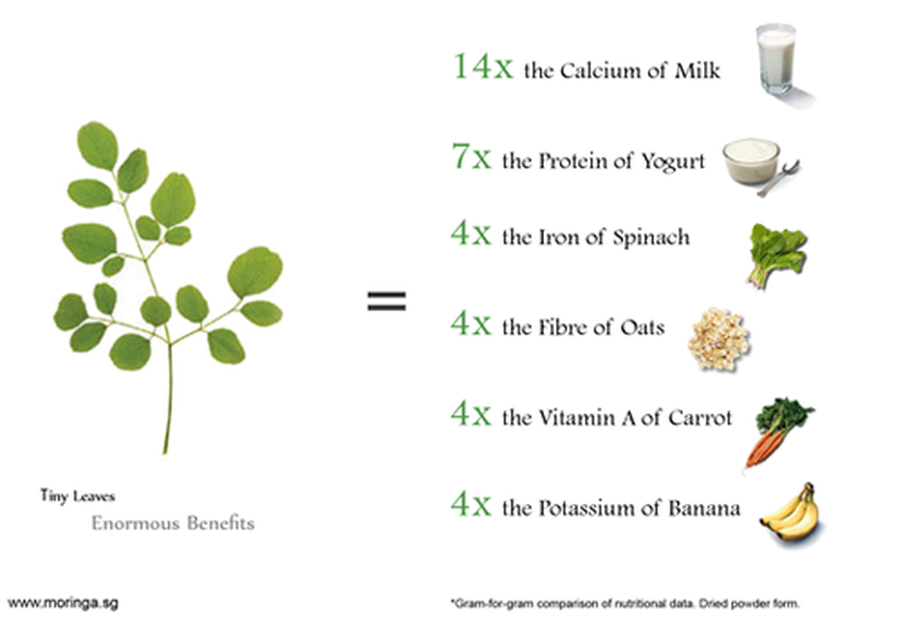
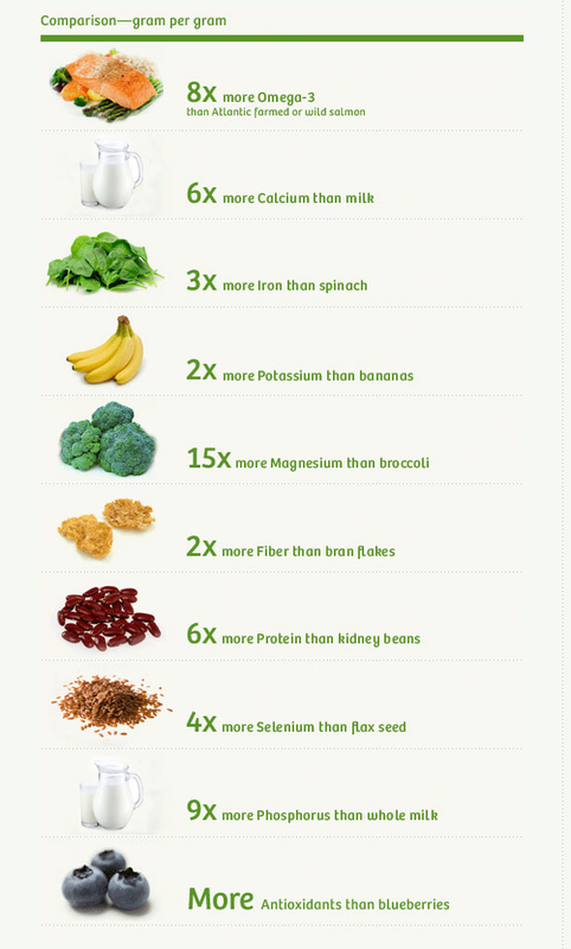
Dark Leafy Greens (Watercress)
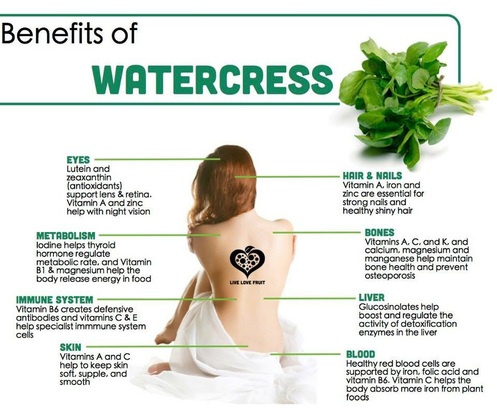
Calcium in 100g (Raw) 120mg (12% DV)
1 Cup Chopped (34g) 41mg (8% DV)
10 Sprigs (25g) 30mg (3% DV)
Other Greens High in Calcium (%DV per cup, chopped, raw): Curly Kale (14%), Dandelion Greens (10%), Turnip Greens (10%), Arugula (6%), and Collards (5%)
1 Cup Chopped (34g) 41mg (8% DV)
10 Sprigs (25g) 30mg (3% DV)
Other Greens High in Calcium (%DV per cup, chopped, raw): Curly Kale (14%), Dandelion Greens (10%), Turnip Greens (10%), Arugula (6%), and Collards (5%)
Chinese Cabbage (Pak Choi, Bok Choy)
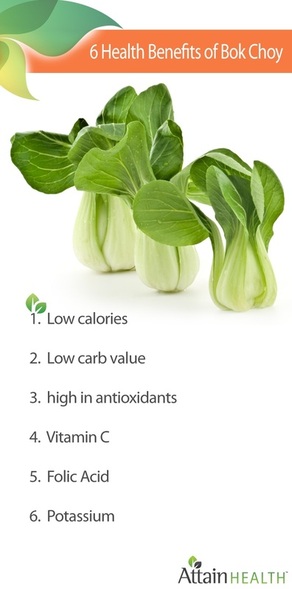
Calcium in 100g (Raw) 105 mg (11% DV)
1 Cup Shredded (70g) 74mg (7% DV)
1 Head (840g) 882mg (88% DV)
Other Cabbage (%DV per cup cooked):
Green Cabbage Cooked (4% DV),
Red Leaf Cabbage Cooked (3% DV).
How does calcium in the diet affect kidney stone formation?
Calcium from food does not increase the risk of calcium oxalate stones. Calcium in the digestive tract binds to oxalate from food and keeps it from entering the blood, and then the urinary tract, where it can form stones. People who form calcium oxalate stones should include 800 mg of calcium in their diet every day, not only for kidney stone prevention but also to maintain bone density. Moringa leaves contain 14 times the amount of calcium as milk. Hemp seeds contain 6 times the amount of calcium as milk. WOW!
Absorption of Calcium
It is believed that Cissus quadrangularis (also referred to as Devil's backbone) heals a broken bone faster than normal healing. Researchers believe that this plant increases the absorption of calcium, which is very important in strengthening the bones. It is also said that consuming the leaves of this plant every day, can reduce the risk of fractures by up to 40%. According to the International Journal of PharmTech Research,"systemic use of Cissus quadrangularis in rats caused complete restoration of normal composition of bone, after fracture in four weeks, while the controls required six weeks. There was a shortening of about two weeks in the bone healing duration."
